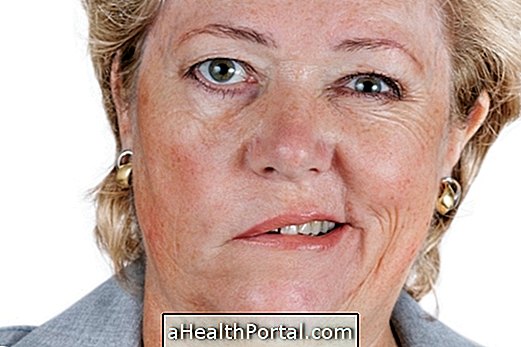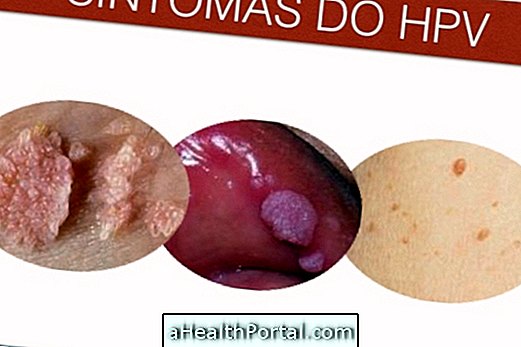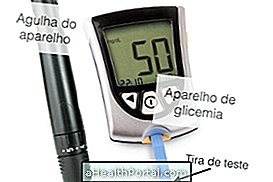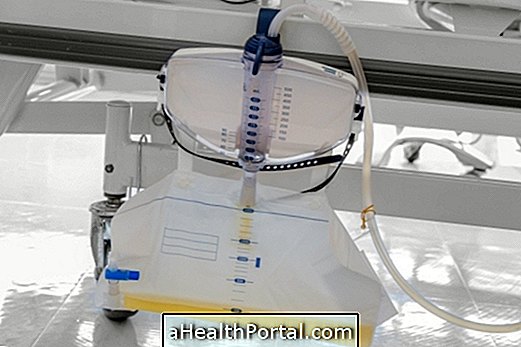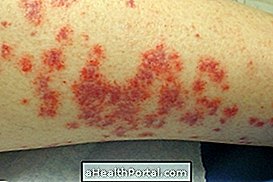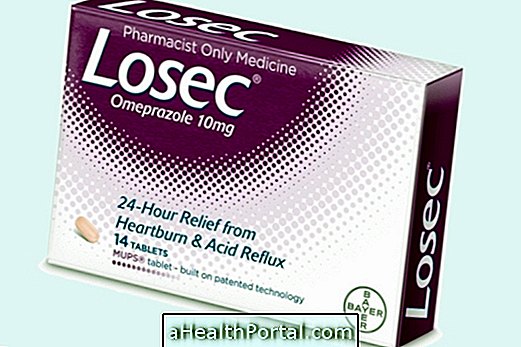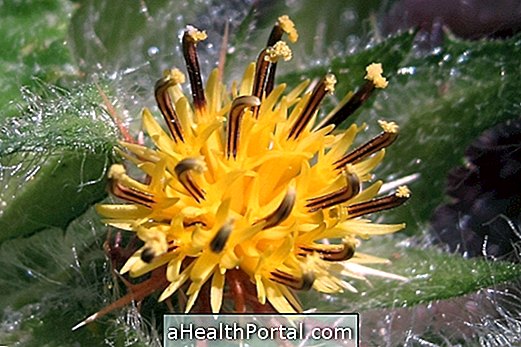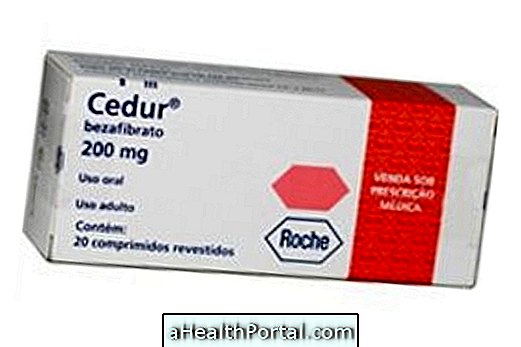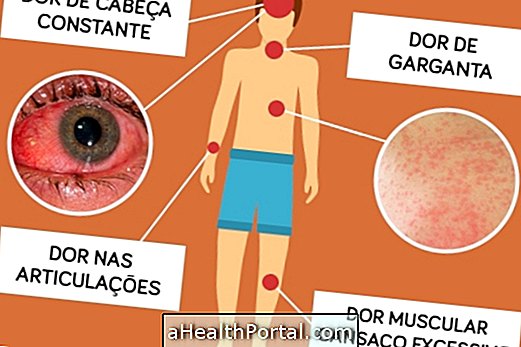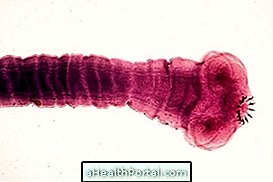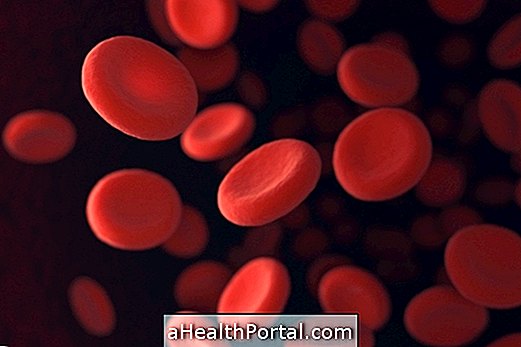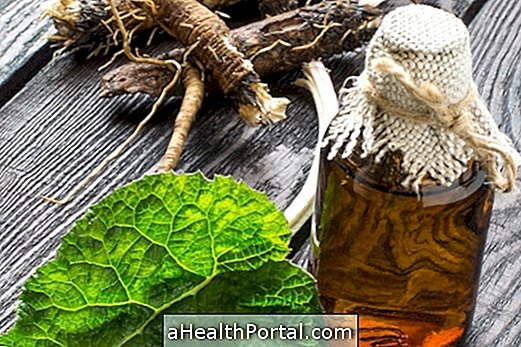The main diseases of the winter are the transmissible respiratory diseases, such as colds and flu, besides the aggravation of others like rhinitis, asthma, sinusitis, otitis and pneumonia, because this period favors the circulation of viruses and bacteria, since the temperature gets lower, the air becomes drier and there is a greater tendency to stay indoors.
The people most likely to suffer from these diseases are children and the elderly, because their immune system is more fragile. The period of greatest proliferation of microorganisms may vary according to the region of Brazil, since in the South and Southeast the colder months may vary from May to October, while in the North and Northeast the months between April and June are longer chances of rain and falling temperatures.
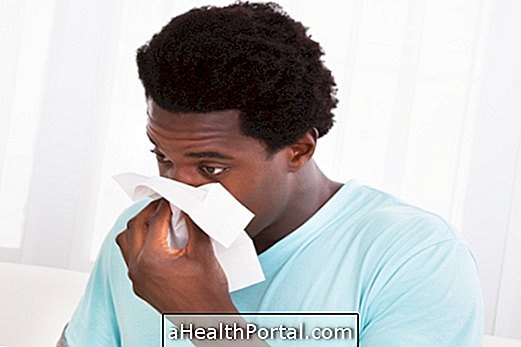
1. Colds and flu
Flu is upper respiratory tract infection, such as nose and throat, caused by Influenza- like viruses, and causes symptoms such as fever of about 37.8 ° C, nasal discharge, runny nose, sore throat and pain in muscles and joints, which lasts about 5 to 7 days.
Colds are the same type of infection, but milder, caused by viruses such as adenovirus, rhinovirus and respiratory syncytial virus, and causes coryza-like symptoms, sneezing, sore throat and conjunctivitis, which last for an average of 3 to 5 days.
How to treat : there is no specific treatment for colds and flu, requiring rest, use of pain relievers to relieve pain, and decongestants and nasal lavage to fluidize and remove secretions.
2. Allergic rhinitis
Allergic rhinitis is inflammation of the mucous lining of the nose, caused by an allergic reaction, which causes symptoms like sneezing, runny nose and itchy nose, symptoms that can last from a few minutes to several days. The substance that causes allergy varies for each person, being generally the pollen of plants, dust, mites or animal hair.
How to treat : This disease is chronic and has no cure, however there are treatments that can help treat and control your symptoms, such as antihistamines, nasal corticosteroids and, especially, avoid contact with allergic substances. Learn more about key treatment options for allergic rhinitis.
3. Sinusitis
Sinusitis is the inflammation of the sinus mucosa of the face, which are structures that are around the nose, causing symptoms like face pain, nasal discharge and headache, and people who already have a degree of allergic rhinitis have a higher tendency to develop this inflammation.
This disease is caused mainly by viral infections, by flu and cold viruses, and by allergies, being only a small part caused by bacteria. Check out how to identify the symptoms of each type of sinusitis.
How to treat : the use of antihistamines, anti-inflammatories, decongestants and nasal lavage with saline is usually advised by the doctor, and the use of antibiotics is indicated only when there is suspicion of infection by bacteria.

4. Pneumonia
Pneumonia occurs when inflammation and infection of the airways reach the lungs, usually caused by bacteria, viruses or, more rarely, fungi. Symptoms of pneumonia include coughing with yellow or green phlegm, fever of about 38 ° C or more, and chills, and if the infection is severe, it can also cause shortness of breath, difficulty breathing, and shortness of breath.
How to treat : Treatment depends on the cause, most often done with antibiotics and painkillers at home, with medical guidance. In more severe cases, in which there are warning signs such as impaired oxygenation of the blood, mental confusion or kidney failure, for example, hospitalization for vein remedies or oxygen use may be required.
5. Otitis
It is the infection that is usually caused by viruses or bacteria that infect the throat and migrate to the ear. This infection can cause local pain, fever, and secretion, and is more common in children.
How to treat : The doctor usually advises the use of analgesics, such as Paracetamol or Ibuprofen, and antibiotics are used only when there is suspicion of bacterial infection.
6. Asthma
Asthma attacks happen in predisposed people, who have inflammatory disease of the lungs, and can be triggered by allergic factors such as cold and dust, for example. These crises are more common in children, although they also occur in adults, and cause symptoms such as wheezing, shortness of breath and coughing.
How to treat : The treatment is done with guidance from the pulmonologist, which may involve use of bronchodilators and steroids, for example. Understand better how to identify and treat asthma.
7. Meningitis
Meningitis is the infection of the membranes that surround the brain with viruses, bacteria, fungi and parasites, and causes symptoms that can arise suddenly, with a high fever, severe headache, body aches and vomiting.
It is more common in children, however it can happen in adults, transmitted through contact with saliva droplets of the contaminated individual through coughing, sneezing or speech. Understand meningitis and how to protect yourself.
How to treat : The treatment depends on the type of microorganism causing, and may be the use of injectable antibiotics, such as penicillin, analgesics and anti-inflammatory, doctor-directed.

How to avoid common winter diseases
To protect and prevent these diseases, it is recommended:
- Avoid close and crowded places;
- Leave the environment as ventilated and airy as possible;
- Wash or sanitize your hands several times a day, especially after being in public places;
- Cover mouth and nose when sneezing or coughing, preferably with disposable tissue;
- Eat well and in a healthy way, with diet rich in fruits and vegetables as they are rich in antioxidants and minerals that help improve immunity;
- Drink 2 liters of water a day;
- Avoid frequent unnecessary visits to the emergency room, as it is an environment with a high probability of contamination;
- Avoid close contact with other people when you have a cold, especially the elderly and newborns.
In addition, annual influenza vaccination is recommended to protect against major influenza viruses in the period. This vaccination is especially important for people at higher risk of developing more severe influenza and viral pneumonia, such as the elderly, children, pregnant women, diabetics, and patients with pulmonary, cardiac or autoimmune diseases.

